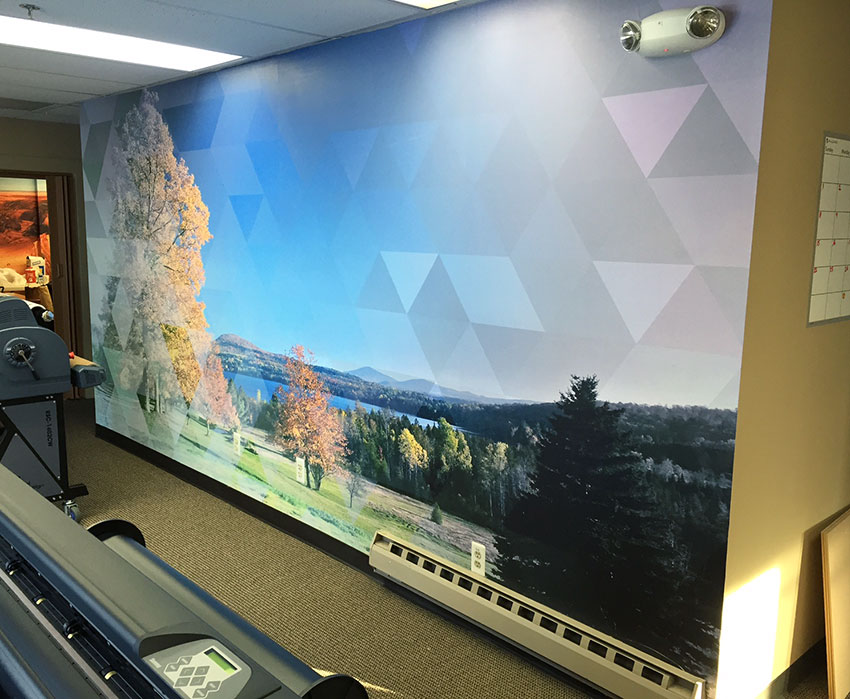
What is the difference between Type I and Type II Wallcoverings? What about wallcovering standards? These are common questions for those new to the digital wallcovering business. It is critical to ask the correct questions before diving into a project, such as:
- Location of the wallcovering – is it a residential space or commercial space? Will it be placed in a hallway, corridor, or a room?
- Volume of traffic / wear & tear potential of the space where the wallcovering will be applied
- Are there any building standards the wallcovering must meet?
- Recognized wallcovering standards:
- CCC-W-408D (Federal Specification for Vinyl Coated Wallcoverings)
- W-101 (Formerly CCFA-101-D, WA Quality Standard for Polymer Coated Fabric Wallcovering)
- ASTM-F-793 (Standard Classification of Wall Covering)
- Fire safety and building standards:
- ASTM E-84 (Standard Test Method for Surface Burning Characteristics of Building Materials)
- NFPA (Standard Methods of Fire Tests for Evaluating Contribution of Wall and Ceiling Interior Finish to Room Fire Growth)
- NFPA 101 (Life Safety Code®)
- Recognized wallcovering standards:
Type I Wallcovering: (Light Duty) typically used in areas such as residential spaces or lower traffic / touch and only light abrasion areas.
Type II Wallcovering: (Medium / Heavy Duty*) – Ideal for use in commercial areas with the potential for average to above average scuffing such as waiting rooms, classrooms, and hallways.
* Heavy Duty is sometimes referred to as Type III
(source: wallcoverings.org)